This article needs additional citations for verification .(May 2022) |
The All Souls' Waiting Room is a 2002 half fiction, half non-fiction, autobiographical novel from Paki S. Wright.
This article needs additional citations for verification .(May 2022) |
The All Souls' Waiting Room is a 2002 half fiction, half non-fiction, autobiographical novel from Paki S. Wright.
Johnnine Hapgood, the woman who is the hero of the novel, had been born into a family that lived in the milieu of Reichian psychoanalysts in the 1940s in New York City.
During a suicide attempt with alcohol and pills in 1962, she has a Near death experience, leading her to the All Souls' Waiting Room, which is a copy of the city of Vienna, where psychoanalysis had been born, especially Sigmund Freud's counseling room, the Bibliothek (Library at the Hofburg), the Hotel Sacher and so on.
During the experience she is shown a film about her life, and learns things about spiritual development and about reincarnation and the female principle, represented through a person named Xofia. She meets Freud, Wilhelm Reich, and Carl Jung, and is then returned to her apartment.
While the events and persons in the Waiting Room, for example Xofia and The (Akashic) Recorder, are fiction, there are other things and persons, such as Wilhelm Reich and Carl Jung, who are real, and with respect to Reich's UFO sightings during the work with the Cloudbuster, and some other events, it is not easy to tell if the story is fiction or not.

Sigmund Freud was an Austrian neurologist and the founder of psychoanalysis, a clinical method for evaluating and treating pathologies seen as originating from conflicts in the psyche, through dialogue between patient and psychoanalyst, and the distinctive theory of mind and human agency derived from it.

Carl Gustav Jung was a Swiss psychiatrist and psychoanalyst who founded analytical psychology.

Dream interpretation is the process of assigning meaning to dreams.
Synchronicity is a concept first introduced by analytical psychologist Carl G. Jung "to describe circumstances that appear meaningfully related yet lack a causal connection." In contemporary research, synchronicity experiences refer to one's subjective experience that coincidences between events in one's mind and the outside world may be causally unrelated to each other yet have some other unknown connection. Jung held that this was a healthy, even necessary, function of the human mind that can become harmful within psychosis.

Wilhelm Reich was an Austrian doctor of medicine and a psychoanalyst, a member of the second generation of analysts after Sigmund Freud. The author of several influential books, The Impulsive Character (1925), The Function of the Orgasm (1927), Character Analysis (1933), and The Mass Psychology of Fascism (1933), he became one of the most radical figures in the history of psychiatry.

Analytical psychology is a term coined by Carl Jung, a Swiss psychiatrist, to describe research into his new "empirical science" of the psyche. It was designed to distinguish it from Freud's psychoanalytic theories as their seven-year collaboration on psychoanalysis was drawing to an end between 1912 and 1913. The evolution of his science is contained in his monumental opus, the Collected Works, written over sixty years of his lifetime.

Eros is a concept in ancient Greek philosophy referring to sensual or passionate love, from which the term erotic is derived. Eros has also been used in philosophy and psychology in a much wider sense, almost as an equivalent to "life energy". The Protestant philosopher C. S. Lewis posits it as one of the four ancient Greek words for love in Christianity, alongside storge, philia, and agape.
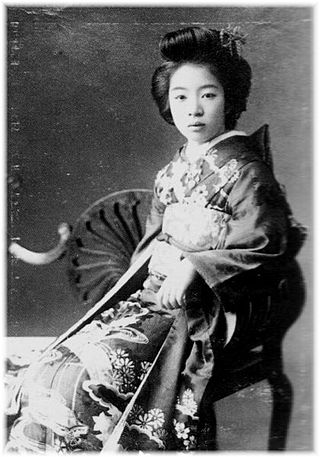
Mari Mori was a Japanese author, best known for writing male homosexual romances.

Dying Inside is a science fiction novel by American writer Robert Silverberg. It was nominated for the Nebula Award in 1972, and both the Hugo and Locus Awards in 1973.
Cryptomnesia occurs when a forgotten memory returns without its being recognized as such by the subject, who believes it is something new and original. It is a memory bias whereby a person may falsely recall generating a thought, an idea, a tune, a name, or a joke; they are not deliberately engaging in plagiarism, but are experiencing a memory as if it were a new inspiration.
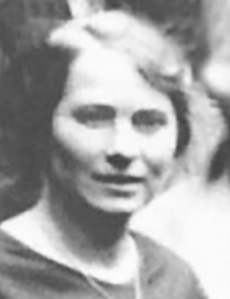
Sabina Nikolayevna Spielrein was a Russian physician and one of the first female psychoanalysts. She was in succession the patient, then student, then colleague of Carl Gustav Jung, with whom she had an intimate relationship during 1908–1910, as is documented in their correspondence from the time and her diaries. She also met, corresponded, and had a collegial relationship with Sigmund Freud. She worked with and psychoanalysed Swiss developmental psychologist Jean Piaget. She worked as a psychiatrist, psychoanalyst, teacher and paediatrician in Switzerland and Russia. In a thirty-year professional career, she published over 35 papers in three languages, covering psychoanalysis, developmental psychology, psycholinguistics and educational psychology. Among her works in the field of psychoanalysis is the essay titled "Destruction as the Cause of Coming Into Being", written in German in 1912.
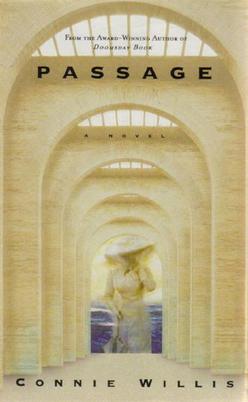
Passage is a science fiction novel by Connie Willis, published in 2001. The novel won the Locus Award for Best Novel in 2002, was shortlisted for the Nebula Award in 2001, and received nominations for the Hugo, Campbell, and Clarke Awards in 2002.

Totem and Taboo: Resemblances Between the Mental Lives of Savages and Neurotics, or Totem and Taboo: Some Points of Agreement between the Mental Lives of Savages and Neurotics, is a 1913 book by Sigmund Freud, the founder of psychoanalysis, in which the author applies his work to the fields of archaeology, anthropology, and the study of religion. It is a collection of four essays inspired by the work of Wilhelm Wundt and Carl Jung and first published in the journal Imago (1912–13): "The Horror of Incest", "Taboo and Emotional Ambivalence", "Animism, Magic and the Omnipotence of Thoughts", and "The Return of Totemism in Childhood".

Gerda Boyesen was the founder of Biodynamic Psychology, a branch of Body Psychotherapy.

Although modern, scientific psychology is often dated from the 1879 opening of the first psychological clinic by Wilhelm Wundt, attempts to create methods for assessing and treating mental distress existed long before. The earliest recorded approaches were a combination of religious, magical and/or medical perspectives. Early examples of such psychological thinkers included Patañjali, Padmasambhava, Rhazes, Avicenna and Rumi.
Within the work of the Austrian psychoanalyst Wilhelm Reich (1897–1957), orgastic potency is a human's natural ability to experience an orgasm with certain psychosomatic characteristics and resulting in full sexual gratification.
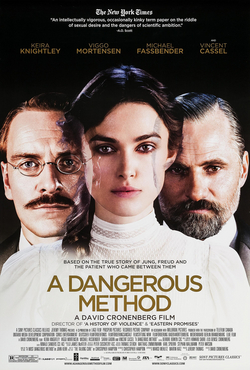
A Dangerous Method is a 2011 historical drama film directed by David Cronenberg. The film stars Keira Knightley, Viggo Mortensen, Michael Fassbender, Sarah Gadon, and Vincent Cassel. Its screenplay was adapted by writer Christopher Hampton from his 2002 stage play The Talking Cure, which was based on the 1993 non-fiction book by John Kerr, A Most Dangerous Method: The Story of Jung, Freud, and Sabina Spielrein.
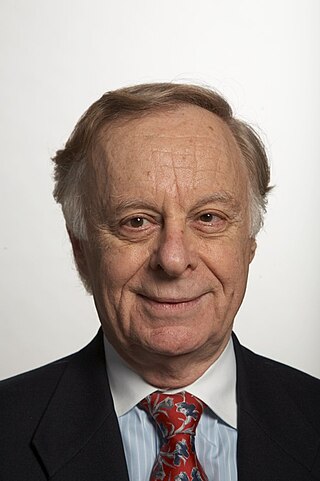
Henry Zvi Lothane is a Polish-born American psychiatrist, psychoanalyst, educator and author. Lothane is currently Clinical Professor at Icahn School of Medicine at Mount Sinai, New York City, specializing in the area of psychotherapy. He is the author of some eighty scholarly articles and reviews on various topics in psychiatry, psychoanalysis and the history of psychotherapy, as well as the author of a book on the famous Schreber case, entitled In Defense of Schreber: Soul Murder and Psychiatry. In Defense of Schreber examines the life and work of Daniel Paul Schreber against the background of 19th and early 20th century psychiatry and psychoanalysis.
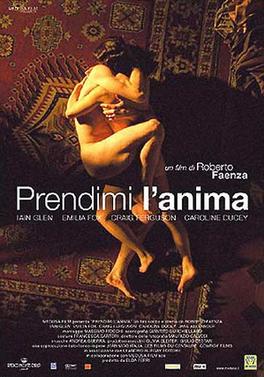
The Soul Keeper is a 2002 Italian-French-British romance-drama film directed by Roberto Faenza. It is loosely based on real life events of Russian psychoanalyst and physician Sabina Spielrein and notably on her therapeutic and sentimental relationship with fellow psychoanalyst Carl Gustav Jung.
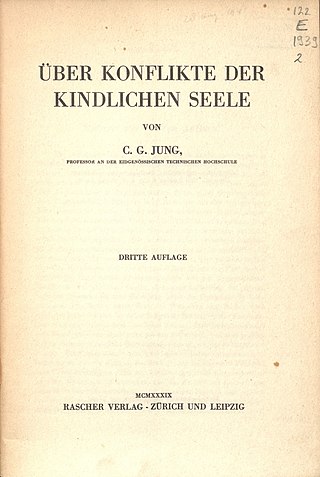
Über Konflikte der kindlichen Seele was published in Leipzig in 1910 by the Swiss psychiatrist Carl Gustav Jung. In this book, Jung processes statements from a four-year-old girl that provide deep insight into the meaning of sexual interest. He discusses the problems that arise over the years, the conflicts they create as well as the solutions that help and those that do not.